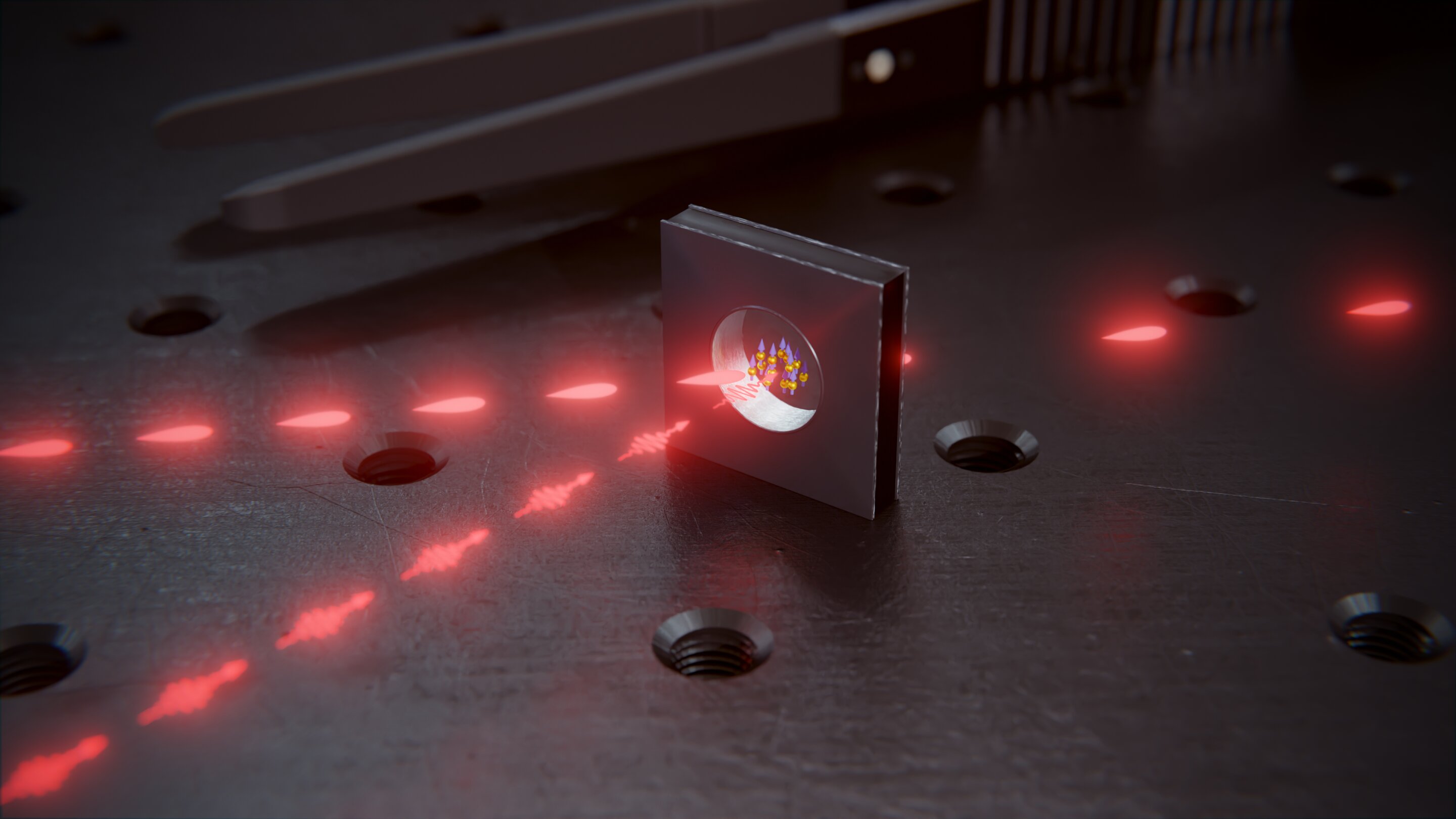Miniaturization and Industrialization of Quantum Memories: A Pivotal Shift
Follow us on Google News (click on ☆)

Light pulses can be stored and retrieved in this glass cell, filled with rubidium atoms and measuring only a few millimeters in size.
Credit: University of Basel, Department of Physics/Scixel
Their invention is based on the use of photons, which are ideal particles of light for transmitting quantum information. In their study published in the journal Physical Review Letters, they describe how they have managed to store and retrieve quantum information in a cell a few millimeters in size (about 0.1 to 0.4 inches), filled with rubidium atoms, with a process that's scalable for industrial production.
To get enough rubidium atoms, the researchers heat the cell to 212°F (about 100°C). This increase in temperature raises the pressure, allowing for an adequate density of atoms for quantum storage. In addition to heat, a magnetic field with an intensity of 1 tesla, far above the Earth's magnetic field, is employed. This field alters the atomic energy levels, facilitating the storage of photons with the aid of an additional laser beam.
This advancement paves the way for the mass production of about 1000 quantum memories on a single wafer, a significant leap toward the practical application of these technologies. The next step for Treutlein's team will be to store individual photons in these miniature cells, while optimizing their design to prolong photon storage and preserve their quantum states.